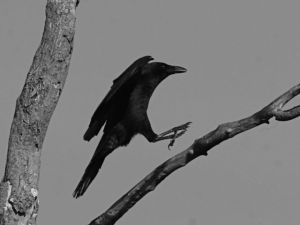 Where do 14,000 crows go during the day?
Where do 14,000 crows go during the day?
Ever since I counted the winter crow flock this question has puzzled me.
If Pittsburgh’s winter crows spent their days in neighborhoods, people would complain about their daytime activities as much as they complain about the roosts, but no one comments on daytime crows. So how do they keep such a low profile?
Today’s weather was lousy for birds and even lousier for hiking – a cold front with high winds and a wind chill of -1oF. My hunches about crows required driving (an indoor activity) so I decided now was the time.
A snow squall followed me out the Parkway East but the sky cleared as I arrived at the hilltop cemetery in Wilmerding. I had guessed correctly that the cemetery was on top of the hill but I had not expected the tree line to obscure the huge landfill to the east. Were there crows at the landfill? I couldn’t tell, but there were certainly crows at the cemetery – about 30 – and all of them were coming from the landfill.
Next stop, Duck Hollow on the Monongahela River across from a large shopping mall. I’ve seen crows at the malls but I didn’t expect to see four crows on the wild side of the river. Two were eating fallen fruit, one was sleeping low in a tree, another was hunched at the top riding the wind. When they discovered I was watching they all left.
On a whim I went to Woods Run to see if I could find the ravens. Instead I found hundreds of crows gathering near Uniondale Cemetery. The wind was too strong up there so the flock spilled downhill to the Ohio River and tried to perch on Brunots Island. Again the wind was too strong so back up the hill they went, ready to cause trouble. Crows everywhere, poking holes in garbage bags, landing on rooftops, side streets and fences.
These were the crows I was looking for and they certainly weren’t making themselves scarce, but it was the end of the day, near roosting time, and I had no clue what they did before they got here.
So I have a few more answers but I’m still wondering… What do they do all day?
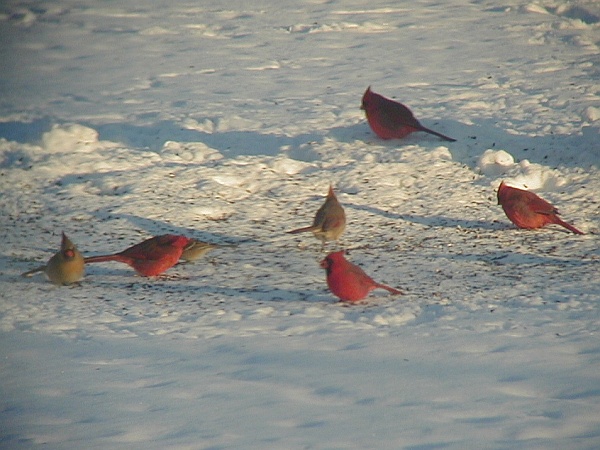
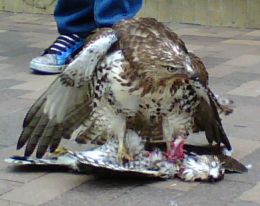 If you’re squeamish, close your eyes and go to another website right now. Otherwise, read on.
If you’re squeamish, close your eyes and go to another website right now. Otherwise, read on.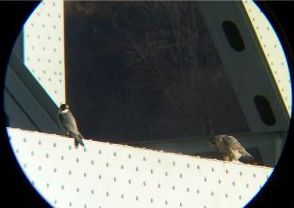 Thursday afternoon I got a call from Dan Yagusic as he watched and photographed this pair of peregrine falcons at the Allegheny River. He discovered them
Thursday afternoon I got a call from Dan Yagusic as he watched and photographed this pair of peregrine falcons at the Allegheny River. He discovered them 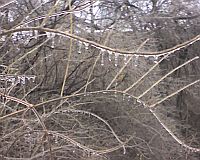 We had sleet and freezing rain overnight. Fortunately the ice was not very thick and by dawn the temperature rose so it’s merely raining now.
We had sleet and freezing rain overnight. Fortunately the ice was not very thick and by dawn the temperature rose so it’s merely raining now.